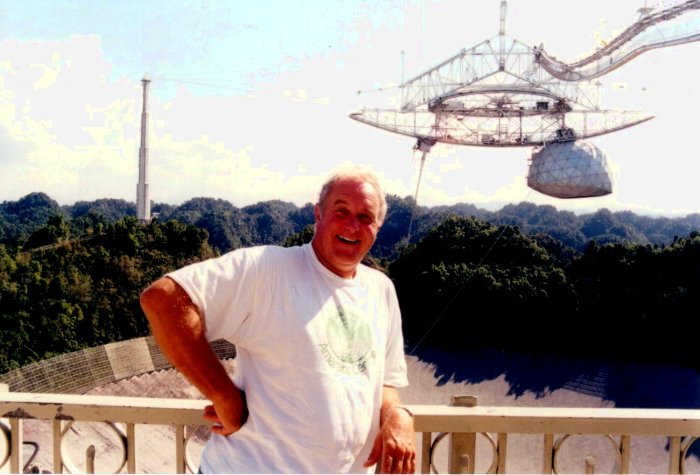
(12,572 statute miles ; 20,233 km)
Some 15 weeks and 2415nm after leaving the USVI we are back at Charlotte Amalie on St Thomas. Our summer cruise took us along the southern shores of Puerto Rico, the Dominican Republic, Haiti, and across the Windward Passage, to Cuba. By the time we get back to Tinidad to haul and refit again, our winter cruise will have stretched to around 3800nm, more than an Atlantic crossing!
Were all these miles, especially the return journey against strong trade winds, current and often into big seas worth it? Unquestionably so, for Cuba is a very special place, locked in a cultural, political, economic and architectural time warp. It was indeed a privilege to witness the stuggles of those wonderfully warm and helpful people and steep ourselves in the 'Cuba Experience'; before it all changes and is transformed, as it probably soon will, into just another Caribbean resort island retreat for N Americans and Europeans in search of sun and sand.
Our journey to Cuba encompassed some of the more remote, less well trodden cruising grounds in the NW Caribbean. The last update began with a picture of a large, abandoned, space tracking radar that NASA had operated on a hilltop site overlooking the north coast. of Trinidad. Continuing the theme, here's the world's largest single aperture antenna, the radiotelescope observatory at Arecibo in northern Puerto Rico, seen when we toured the island by hire car.

Though around 30 years old now, this 305m diameter, spherical reflector slung over a Karst Sinkhole in the strange hilly scenery, is still an impressive fete of engineerining. Above hangs the Gregorian feed (22m secondary & 8m tertiary reflectors) along with UHF feed antennas. It also had radar capability at V/UHF and S-band. Situated at around 18 degrees north, it can scan the heavens as the earth rotates over elevations from 0 to 38 degrees from the equator.
Ponce, half way along the south coast of Puerto Rico, can boast what is probably the finest collection of fine art in Central America. We feasted our eyes on works by Van Gogh, Firenze, Delacroix, Rubens, Murillo, etc that rivaled much that was on offer at many of the world's major capital cities. The collection is a throwback to the years of lucrative sugar trading in the last century.

From the charming anchorage at Boqueron on the SW point of Puerto Rico, we crossed south of the Mona Passage to Boca Chica, a resort town in the south of the Dominican Republic. This was only a rest stop on the way with little to commend it to memory other than the avaricious immigration/customs officials and the flourishing but rather blatant sex tourism industry. In complete contrast was the isolated island of Beata on the southernmost tip of Hispaniola, just 20 miles from the DR's border with Haiti. We anchored for the night there off the most perfect, palm tree lined beach, backed by a low cliff of grey rock. From there it was a three day sail to Cuba following the coast of Haiti closely whilst being aware its not the place one needs to have reason to stop at, as personal security is a real and ever present problem in that sad country.
After a bit of a bashing during the night crossing of the Windaward Passage, we made our landfall at dawn on Saturday 24th February at Santiago de Cuba. This is the view towards the town from El Morro, the old Spanish built fort that commands the entrance to the harbour.
Clearing into Cuba brought with it our first exposure to their renowned (notorious) bureaucracy. We must have been visited by eight officials who questioned, searched, prodded and poked every part of the vessel. We wouldn't have minded but the same procedure ensued every time we called at a recognised port. of entry. They also relieved us of $165 for the privilege of visiting the country. Cuba is not a cheap place to be as a tourist, particularly if land based. Tourism is viewed officially as the prime means of acquiring foreign currency.
Santiago was one of the places that really justified the space our two mountain bikes take up on the boat. We cycled for miles around pleasant countriside with roads lined by aromatic pine trees. We visited the impressive El Moro fort with it's excellent museum and of course toured the old town itself. This was our first exposure to the amazing streets of Cuban cities, lined with beautiful decaying old houses, packed to overflowing with multiple families. Being Cuba, we of course stumbled across the odd missile or few as we explored the suberbs. This Russian SA6, air defence system was set in the middle of a field of vegetables, just beside a compost heap!

The south coast of Cuba from Santiago west to Cabo Cruz is mainly very steep-to, often with cliffs, backed by the high mountains of the Sierra Maestra. It is a beautifull sail along a largely deserted coastline where depths of 1000m just a mile offshore are common. Our favourite stop was Marea del Portillo, a wide shallow bay with a huge hotel complex to the west and a small village to the east. Needless to say, we were by the village.
It was our first chance to get to know the people of rural Cuba and whip our limited Spanish back into shape. They lived in what could only be described as abject poverty, not just judged by 21st century standards but almost medieval in comparison to the lifestyles we know in Europe. Nevertheless, they were wonderfully warm and appeared happy to endure their lot until change came. Even in this remote rural area, the close 'supervision' of the State was apparent. Guardia Frontera and the civil police made regular inspections of the village and the many offices and outposts of the CDR (Committee for the Defence of the Revolution) were open and manned at all hours. Here is a view of the bay at Marea with the hotel and beach on the right.
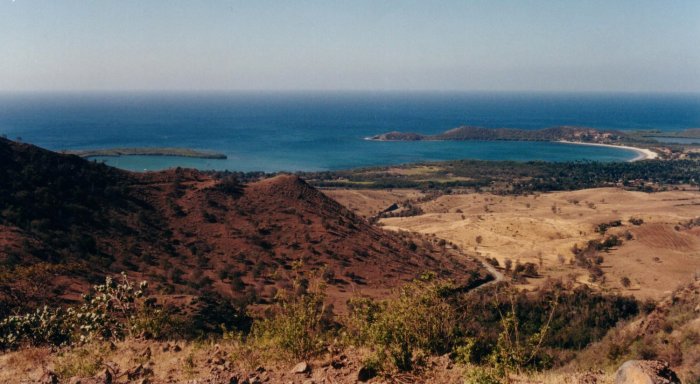
This region is where Fidel Castro landed in the launch Granma from Mexico to begin his revolution in 1956. The fight started in the Sierra Maestra which we were lucky enough to cross by bus to La Mercedes on the great plain beyond. This plain occupies about 75% of the island's area. Along the route we were treated to a number of reminders of the struggle, including a US made tank captured by Che Guevara and a white picket fenced area surrounding a tree under which Raul, Fidel's brother stopped to rest. There certainly seemed to be far more pro-revolutionary rhetoric around this corner of the country.
From Cabo Cruz the coast turns NW for 200nm where it shelves rapidly from the outer reefs but behind them lies the Archipielgo de los Jardines de la Reine (Gardens of the Queen). This shallow area, extending back some 80nm from the reefline contains thousands of islets, cays and reefs almost totally devoid of people excepting for the odd fishing boat. We felt totally alone there, crawling into shallow holes, wishing that Amoenitas carried less than her 2.2m (7' 2") draught. Here's Di on a beach at Cinco Balas (5 bullets) about two thirds the way up the chain.
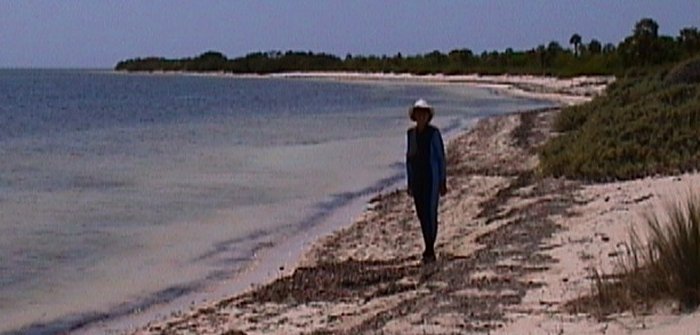
Our favourite place along this stretch of coast was Cayo Blanco de Casilda, to the northern end of the archipeligo where we anchored in crystal clear water, teeming with fish and complete with a wreck we could dive on. It was there that Dave honed his lobster catching skills, 're-locating' up to six large ones on a good day (see the new Homepage picture).
From here we headed west along the next chain of islands to Cayo Largo in the W of Cuba. This was an island given over to 'dollar farming'. It just supported multiple hotels and a marina. The government always seek to isolate the tourists from the populace, except in the big cities where it is impossible. We took the opportunity to leave Amoenitas at the marina there and fly the 120 miles to Havana for some sightseeing. It was only our 2nd time away from the boat in two years. Here is a view of yet another El Morro at the entrance to Havana harbour.
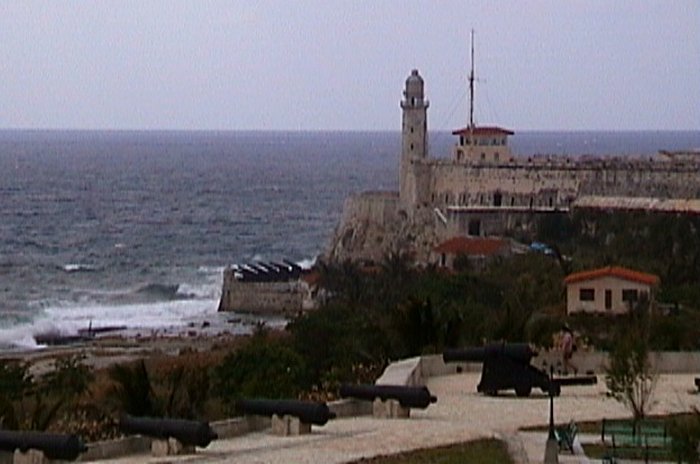
In Havana we stayed in the home of a Cuban family. Fefita and Luis lived on the 4th floor of a block, deep in the heart of the old city. The streets there are packed with people from street level right up to balconies 4 or 5 storeys above, being somewhat reminicent of scenes from one of those after the bomb movies. The architecture 'was' superb but had suffered from 40 years of neglect with virtually no maintenance. Di had to be dragged the last km to our lodging, not believing we could be staying in such a place. However, the accommodation was adequate and the chance to stay with a family and observe the city from our window was well worth the effort.
Havana is a city not to be missed. It is bold and vibrant with more sights and museums than one can possibly do justice to. After six very intensive days we felt we had really got to understand Cuban history and the people's struggles better ,as well as walking ourselves into the ground!
Our return to Amoenitas signalled the start of the long trek eastwards back to the SE Caribbean. First though we went to Cienfuegos to meet Alan and Janet Parry, friends from Malvern who came to spend ten days with us. Cienfuegos has a good feeling, possibly because the markets and shops there seemed much better supplied than elsewhere, even Havana.
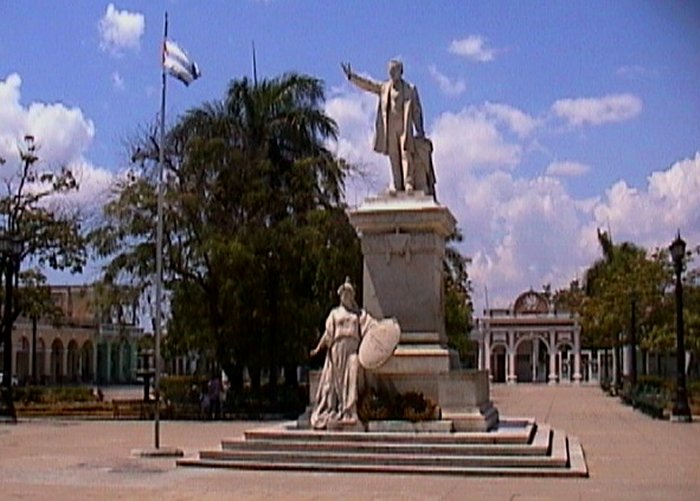
This square was reputed to be the most beautiful in Cuba, a claim we wouldn't dispute. Marti was the founding father of the Cuban nation who fought for independence from Spain at the end of the 19th century. His image appears widely across the country, along with that of Che Guevara. Fidel seemed to specialise in an audio presence. Having watched a couple of his speeches on TV we were impressed by his engaging style and most of all by their duration!
Our next stop was at the port of Casilda, close to the famous ancient city of Trinidad. This really was a museum piece in a time warp with cobbled streets and miles of low Spanish styled houses. It was also where Alan and Janet said goodbye and where we had to get the bit between our teeth to fight our way back to the other Trinidad 1800nm away!
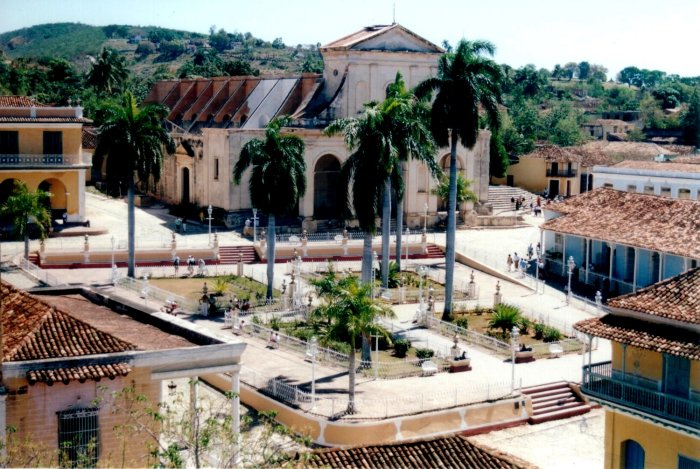
We spent nine weeks in Cuba, sailing 750nm along the coastline as well as exploring inland by mountain bike, bus, taxi, train and air. The experiences we had there were so rich and varied that we cannot possibly do justice to them in one issue of the Update. So, when we get back to Trinidad, we'll do a further installment from Cuba which will concentrate on the people, the architecture, transport and also feature some of the underwater photographs we have taken.
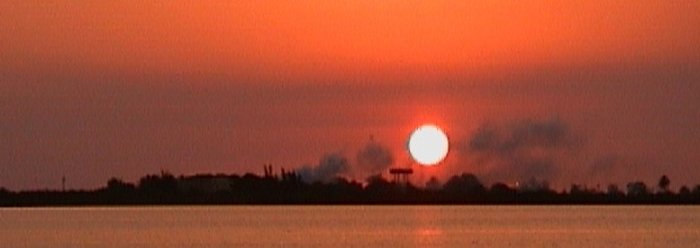
As usual we leave you with a sunset. In it you may notice the small clouds in a line through the setting sun. This was not an atmospheric phenomena so much as the dispersing cloud of insecticide that had been sprayed from a truck close to two huge hotel complexes!
Where to next:-
We now continue our sail back to Trinidad, curving more to the SE down the island chain. With luck we should get down there in time to spend some time on Tobago, recovering from the long and arduous bash back from Cuba.
Amoenitas is booked to haul out at Chaguraramas, Trinidad on 16th July, in time for us to return to the UK for Bruce and Tracey's wedding. After returning in late August we have to complete our refit before heading west along the Venezuelan coast towards Panama. We would like to spend Christmas in Cartagena, Columbia and move around New Year to the San Blas islands. From there it is a short leg to the Panama Canal which we plan to transit in February 2002.